If you're looking to improve your upper body strength, particularly in your back, shoulders, and arms, the assisted pull-up is an excellent exercise to include in your workout routine. Whether you're a beginner or you're recovering from an injury, understanding how to do assisted pull-ups can help you build the foundation for mastering full pull-ups. In this article, we will guide you through the benefits, setup, and execution of the assisted pull-up exercise.
What Are Assisted Pull-Ups?
Assisted pull-ups are a variation of the classic pull-up exercise that makes use of assistance, typically provided by a pull-up machine or a resistance band. These modifications reduce the amount of body weight you need to lift, making it easier to complete the movement. The assisted pull-up allows you to perform the exercise safely while still targeting the same muscle groups as a standard pull-up. It’s a fantastic way to build up strength gradually until you are able to do unassisted pull-ups.
How to Set Up Assisted Pull-Ups
Setting up your assisted pull-up machine or assisted pull-ups chair is simple but requires careful attention. If you’re using an assisted pull-up machine, adjust the weight settings to suit your current strength level. The heavier the weight, the more assistance it will provide, helping you perform the pull-up with less effort. Alternatively, using a pull-up machine that supports your knees is another way to reduce the load you need to pull.
For those using resistance bands, loop the band around the pull-up bar, and position your foot or knee into the band. The band’s elasticity will offer assistance during the upward phase of the pull-up, helping to lighten your load.
How to Do Assisted Pull-Ups
Now that your setup is ready, it’s time to learn how to do assisted pull-ups properly. Here’s a step-by-step guide on performing the exercise:
-
Grip the Bar: Start by gripping the pull-up bar with your hands slightly wider than shoulder-width apart. You can use an overhand or underhand grip, depending on your preference.
-
Set Your Feet or Knees: If you're using an assisted pull-up machine, position your knees on the platform provided. For resistance bands, position your foot or knee in the band.
-
Start the Pull-Up: Hang with your arms fully extended and engage your core. Pull yourself up by driving your elbows downward and focusing on engaging your back and shoulders.
-
Reach the Top Position: Pull until your chin is above the bar, or as high as your current strength allows. Pause for a brief second at the top, then lower yourself back to the starting position with control.
-
Repeat the Movement: Perform the desired number of repetitions, focusing on proper form and controlled movements throughout.
Assisted Pull-Up Exercise Benefits
The assisted pull-up exercise provides multiple benefits, including:
- Building Upper Body Strength: By allowing you to perform a full range of motion, assisted pull-ups help develop strength in your back, biceps, shoulders, and core.
- Improved Pull-Up Form: Practicing assisted pull-ups helps you perfect the technique for standard pull-ups.
- Reduced Risk of Injury: Since the assistance reduces the strain on your body, it lowers the risk of injury, especially if you're new to pull-ups or returning from an injury.
Assisted Pull-Up Workout Plan
To incorporate assisted pull-up workouts into your training routine, follow this simple progression:
- Warm-Up: Start with some dynamic stretches and a light cardio session to prepare your muscles.
- Assisted Pull-Ups: Perform 3-4 sets of 8-12 reps, adjusting the assistance level as needed. Focus on form, and avoid swinging or jerking motions.
- Accessory Exercises: Include exercises like lat pulldowns, dumbbell rows, or inverted rows to build complementary strength.
- Cool-Down: Finish with stretches to relax the muscles you've worked.
Common Mistakes to Avoid
- Using Too Much Assistance: While it's important to get assistance, don't rely too heavily on the machine or band. Gradually reduce the assistance as your strength improves.
- Not Engaging Your Core: Always engage your core to maintain stability and avoid excessive swinging.
- Poor Form: Avoid jerking or using momentum to complete the movement. Focus on slow, controlled movements for optimal muscle activation.
Conclusion
Incorporating assisted pull-ups into your workout routine can be a game-changer for building upper body strength. Whether you're just starting out or you're aiming to improve your pull-up numbers, how to do assisted pull-ups properly is key. By following the right setup, form, and progression, you’ll be on your way to mastering the assisted pull-up and working toward your ultimate fitness goals.
For those wondering, what are assisted pull-ups and how they fit into your overall training, they are simply an essential tool to help you unlock your strength potential—whether you’re using an assisted pull-ups chair, a machine, or resistance bands.

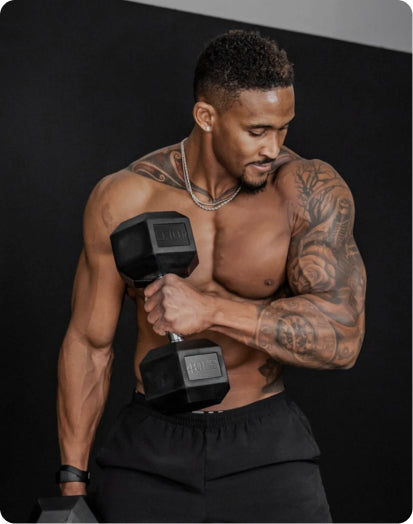
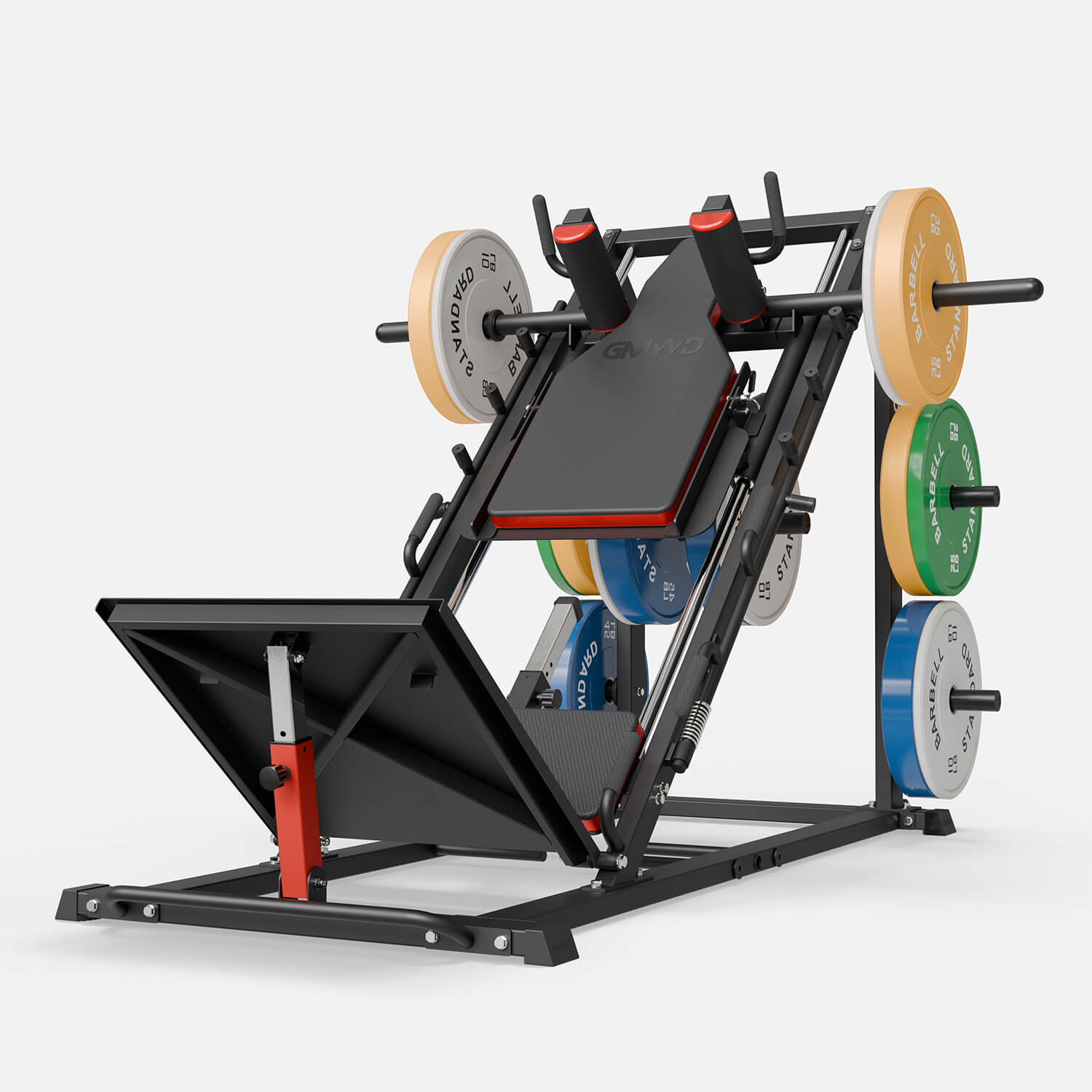
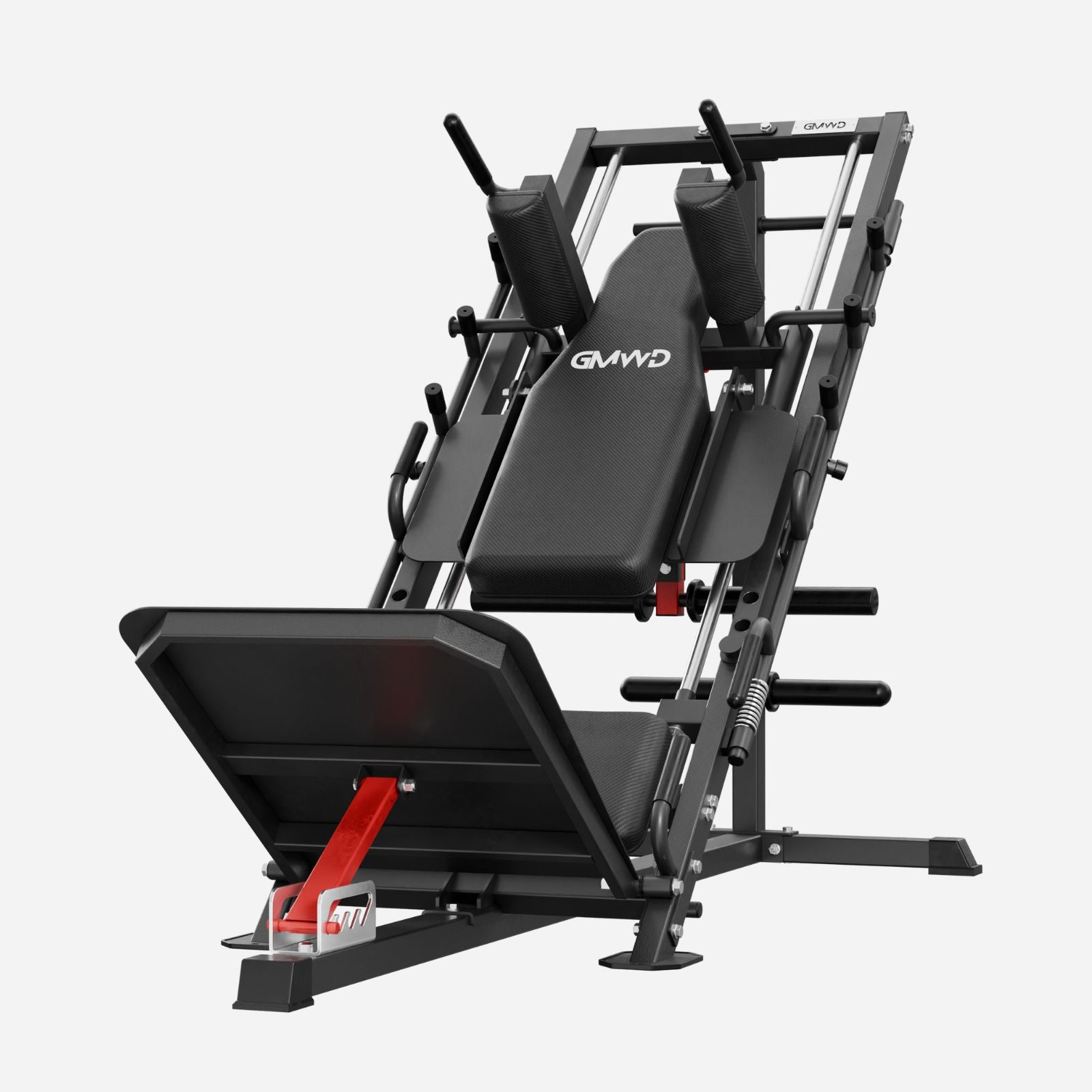

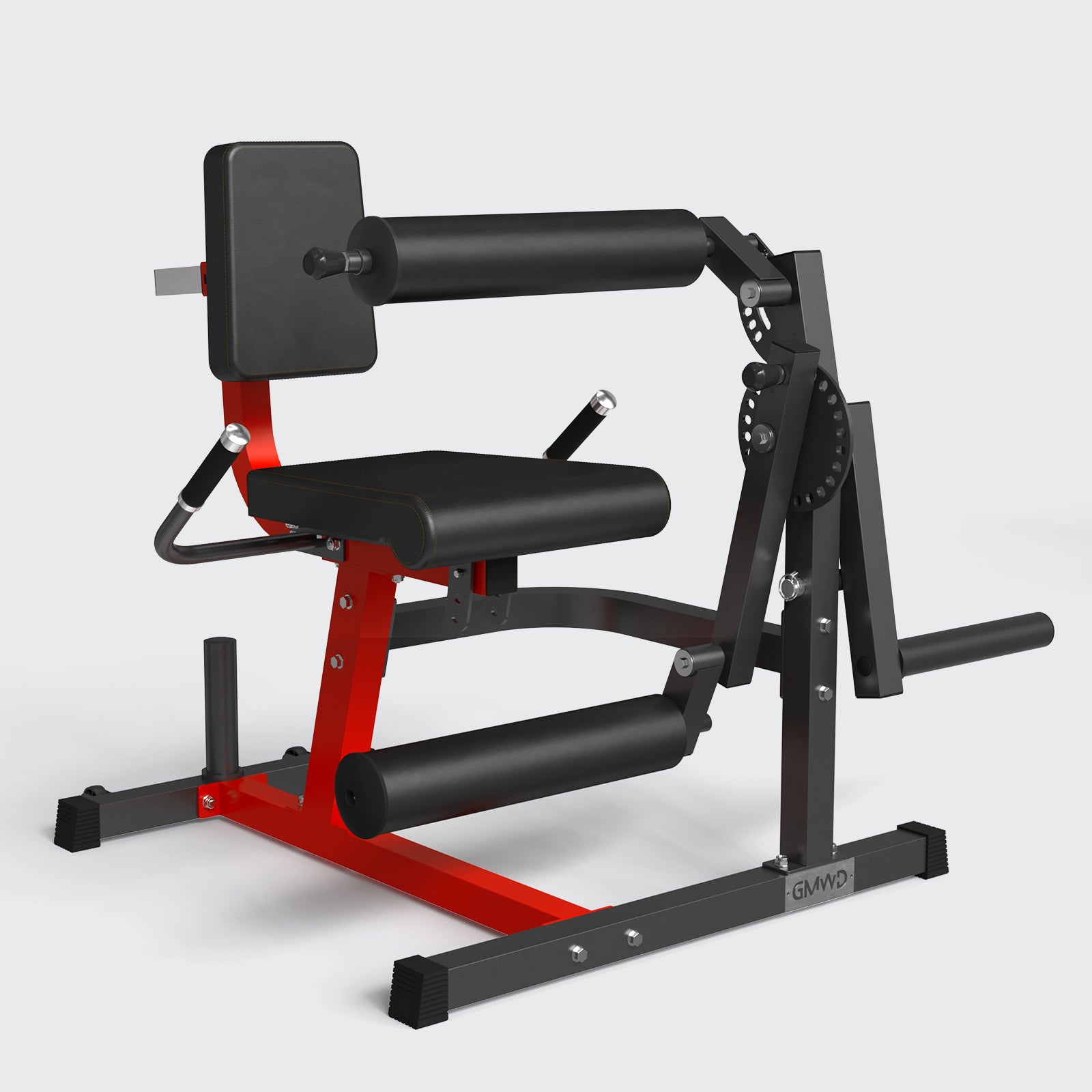
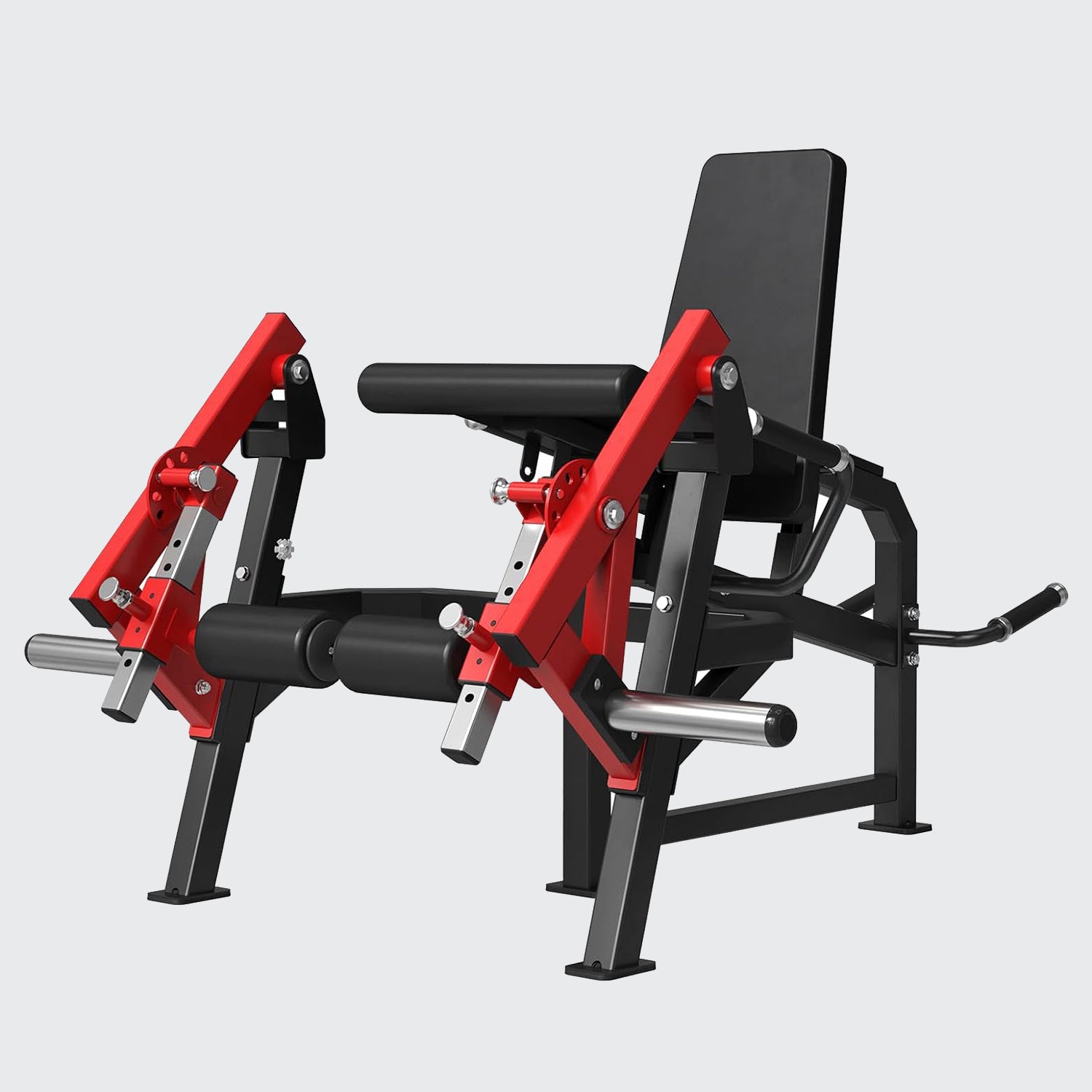
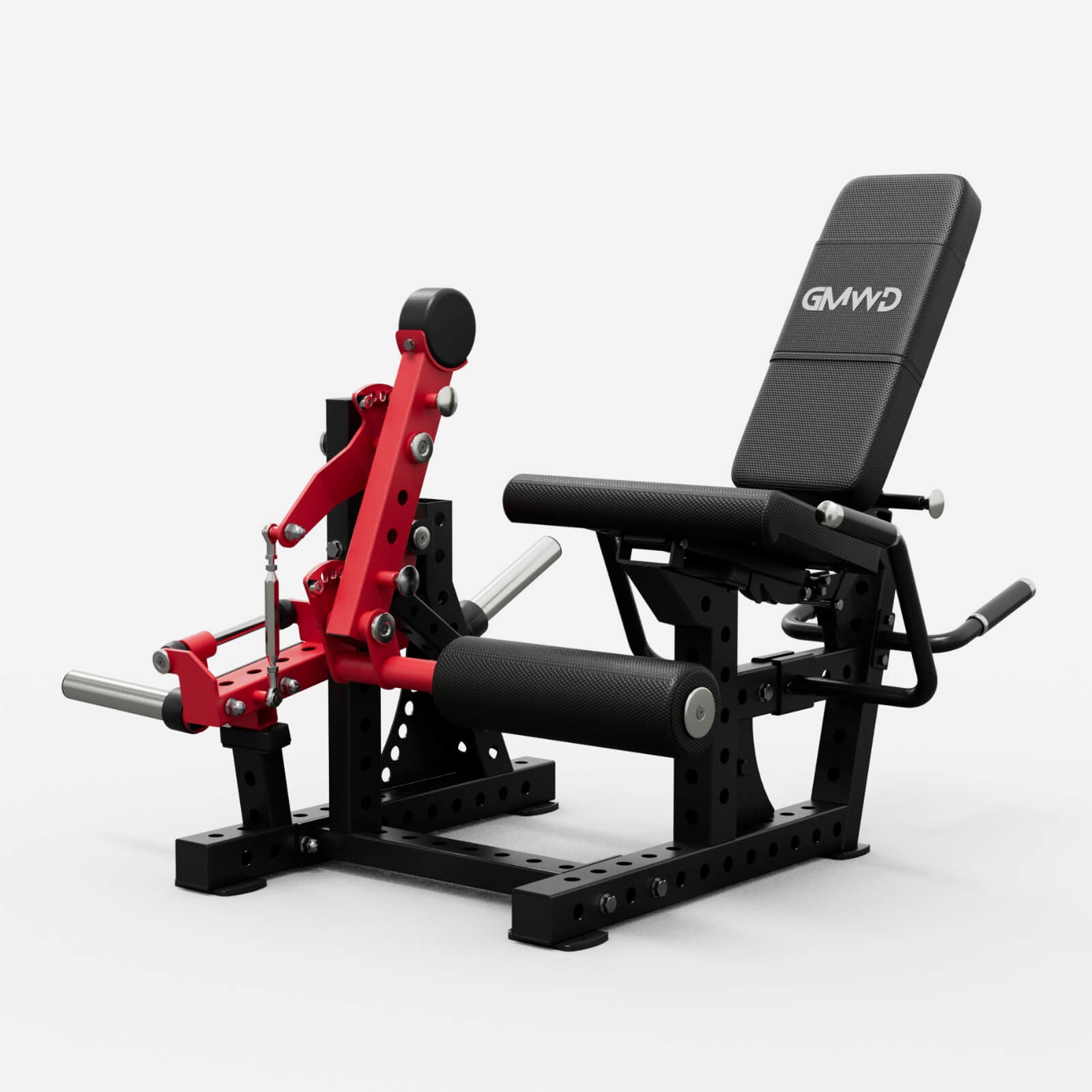
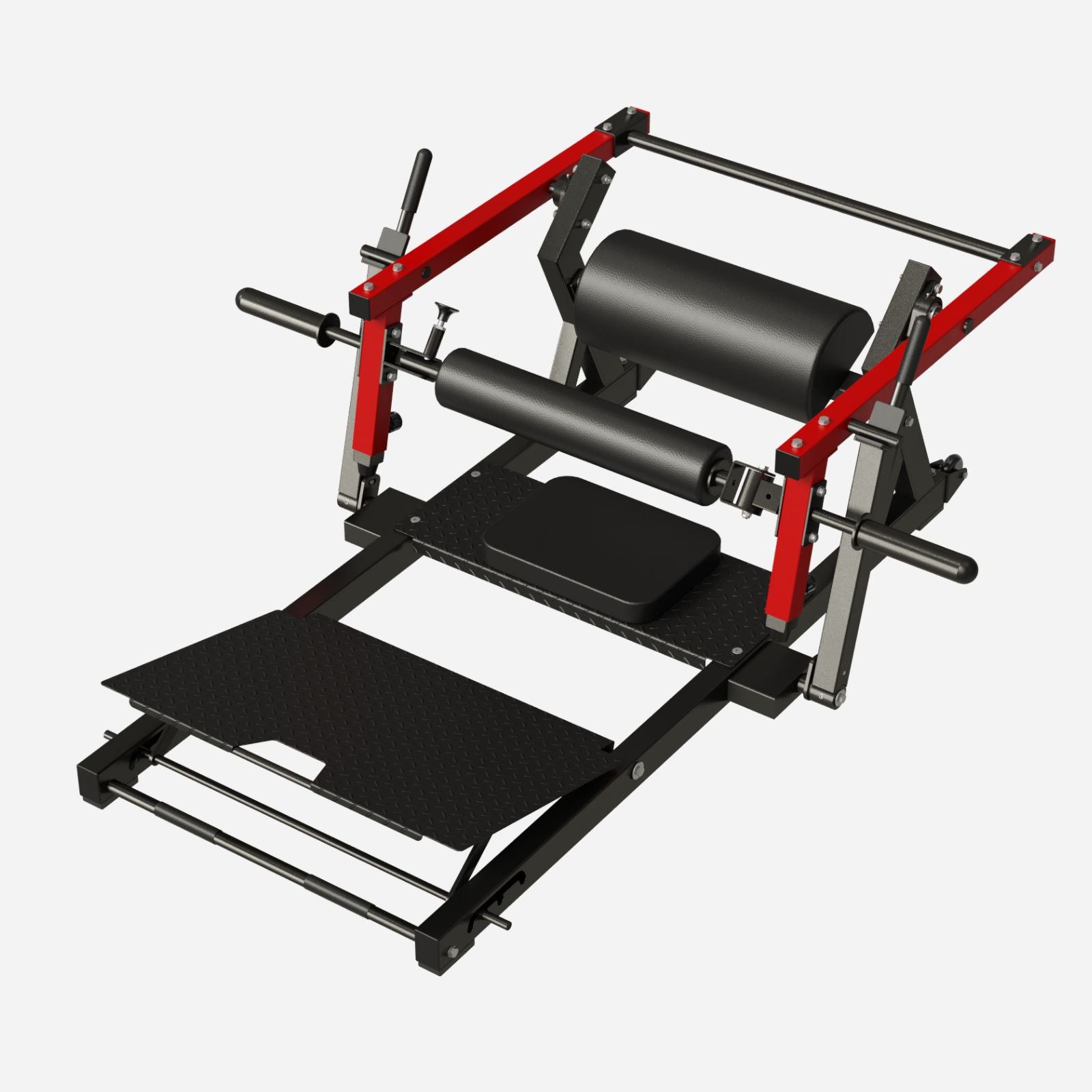
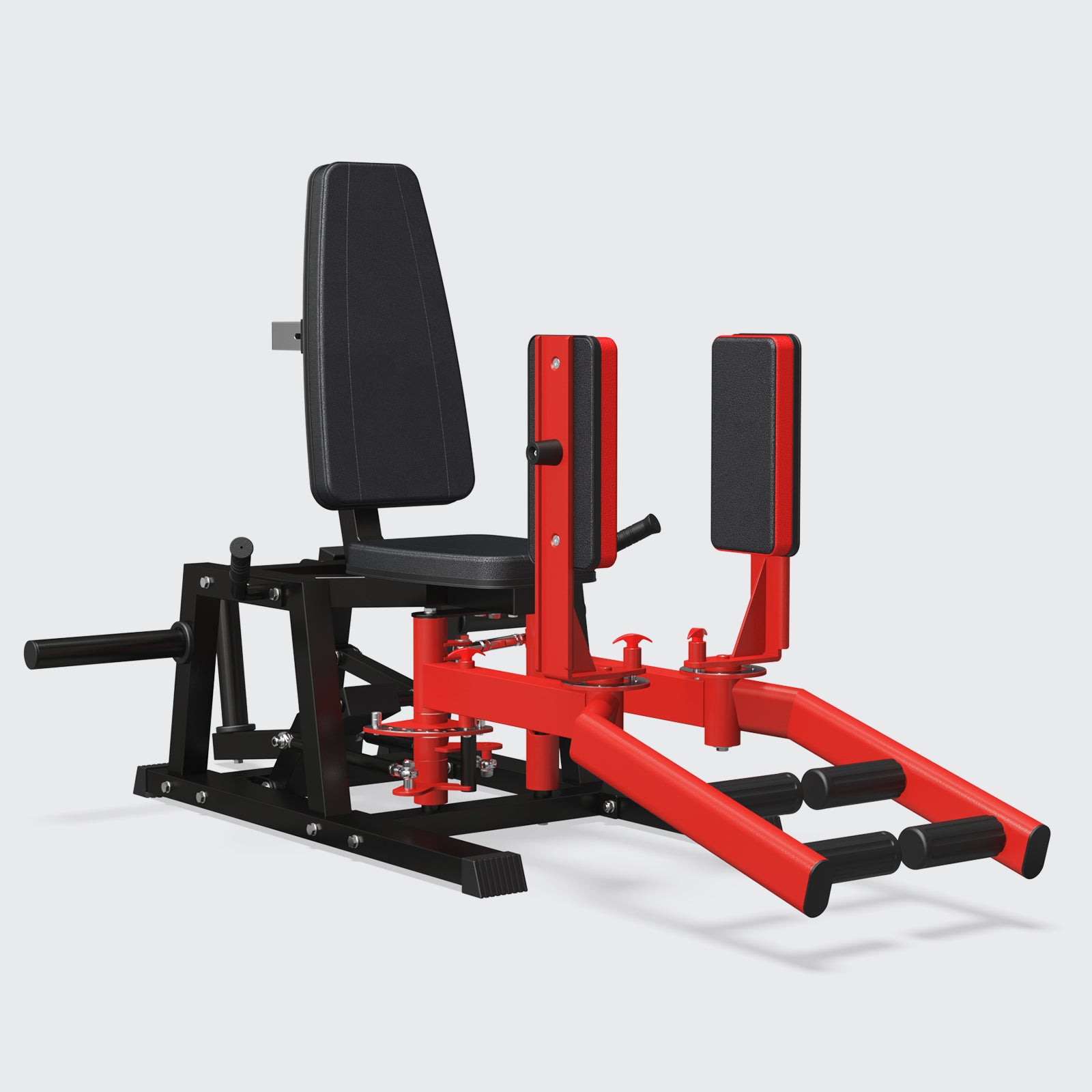
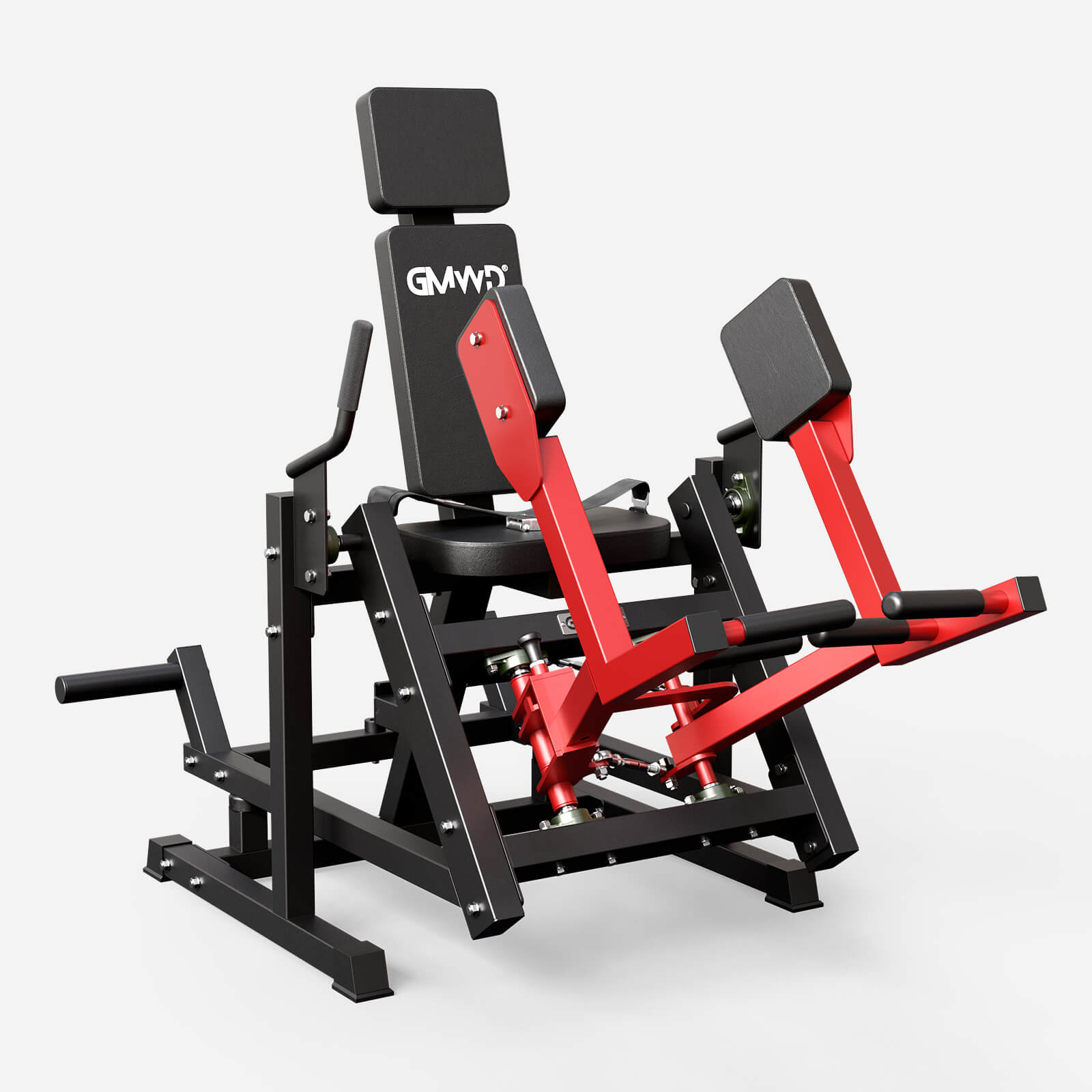
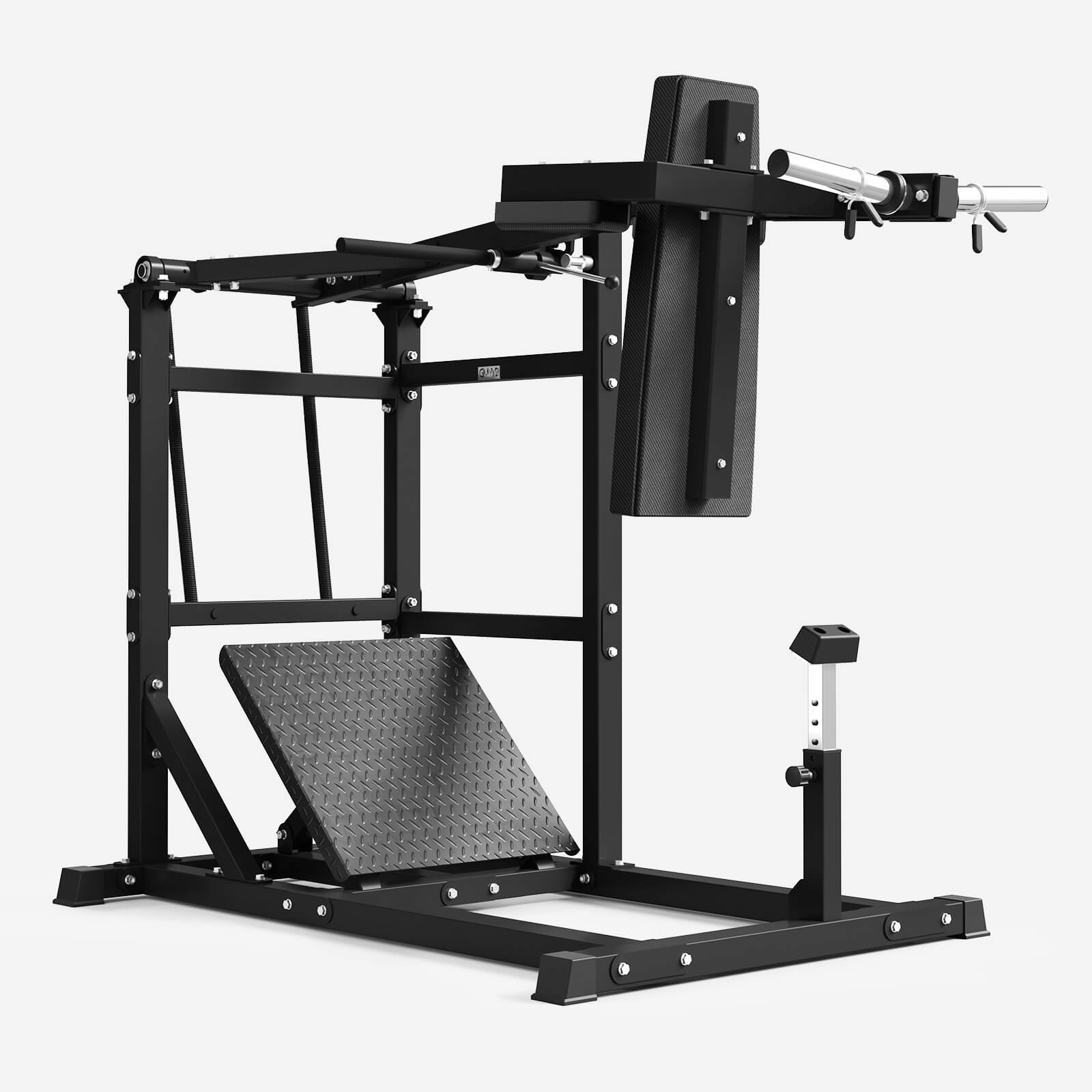
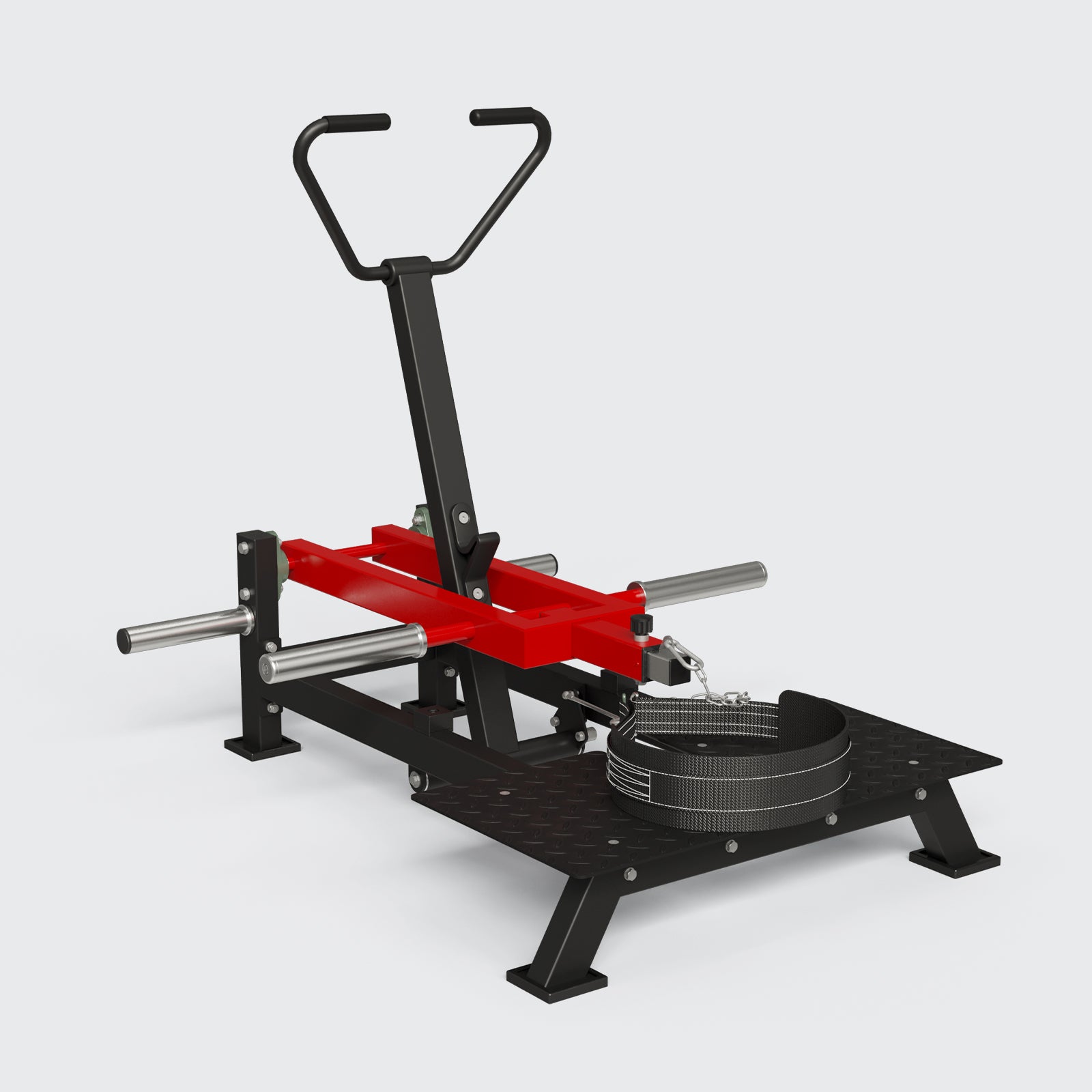
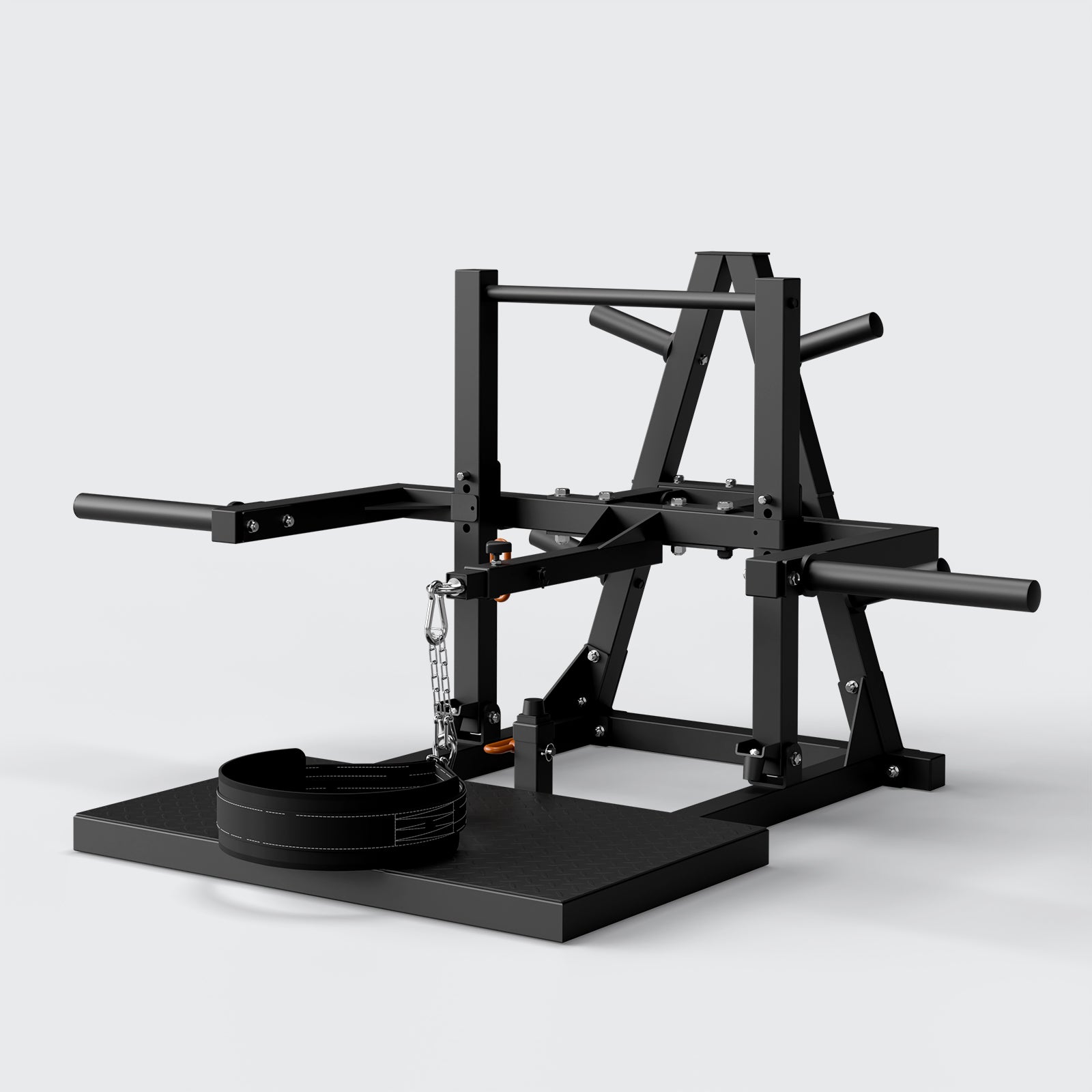
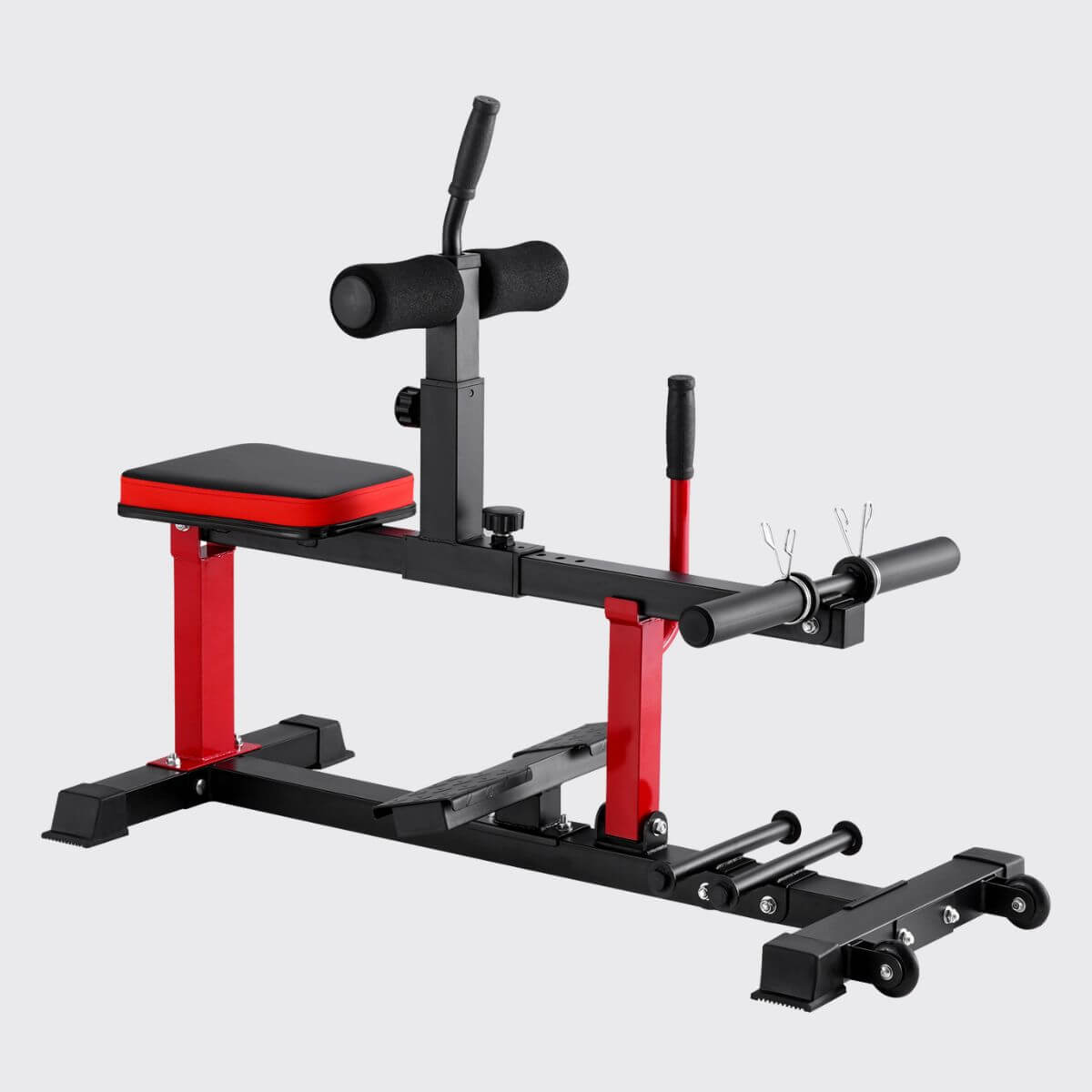
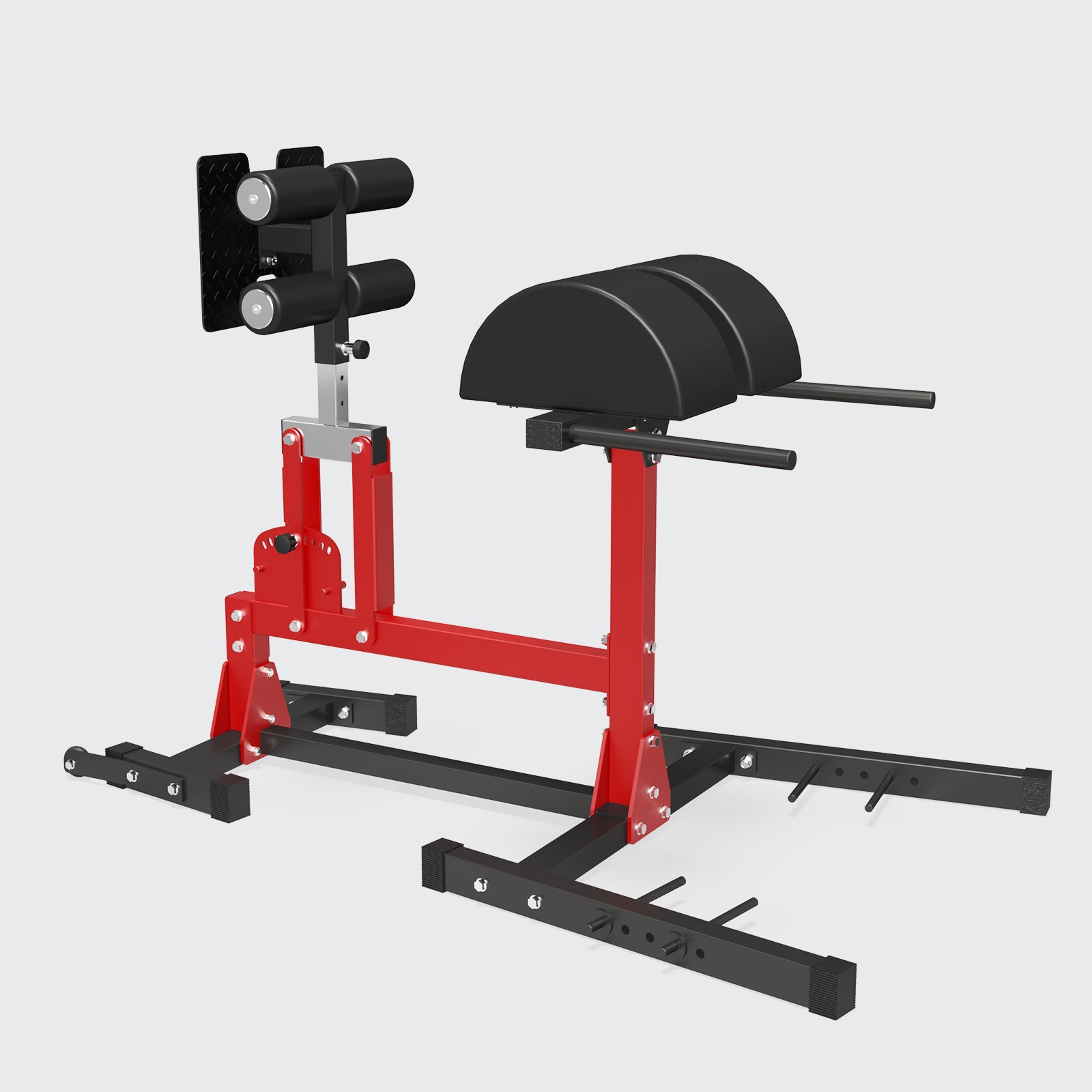
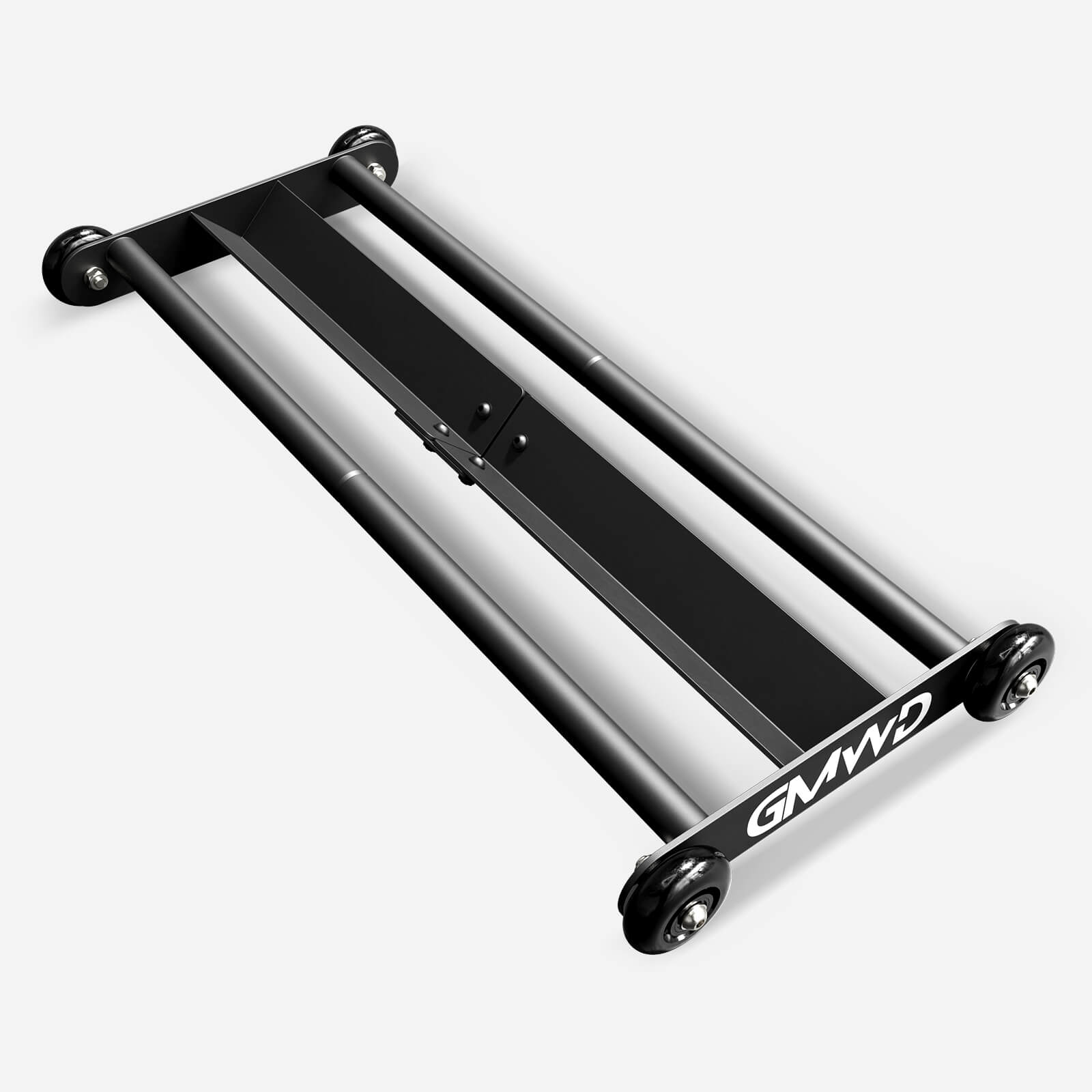
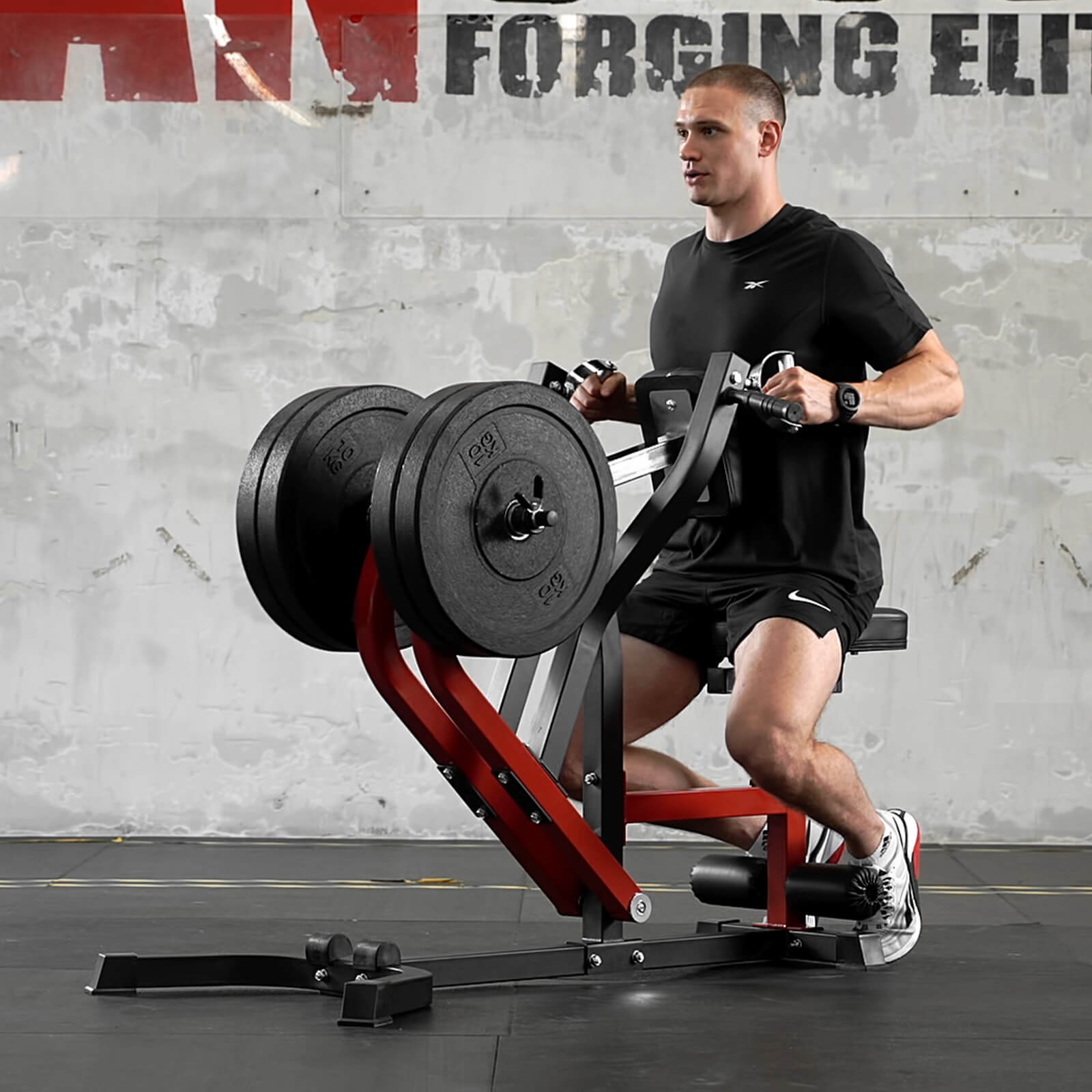
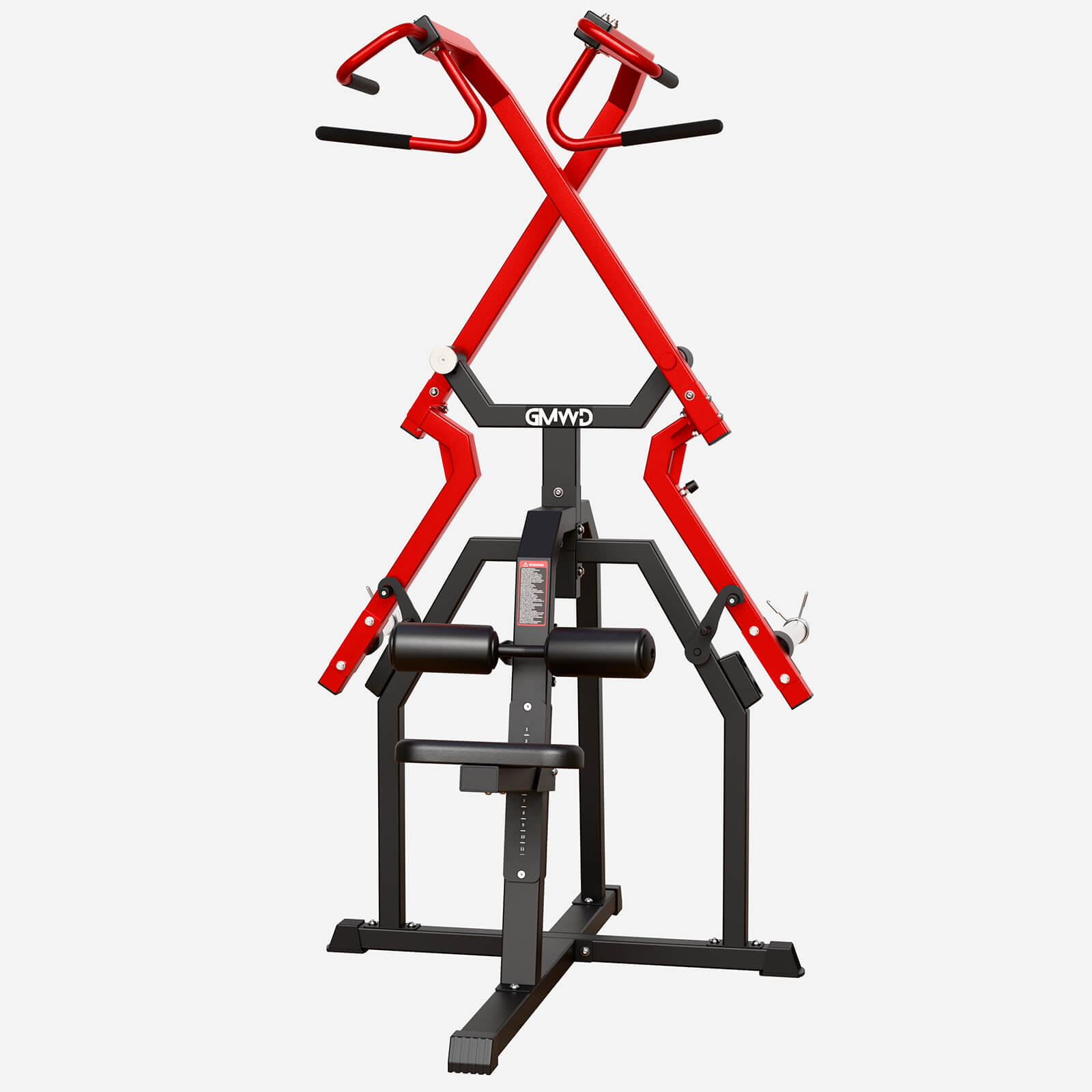
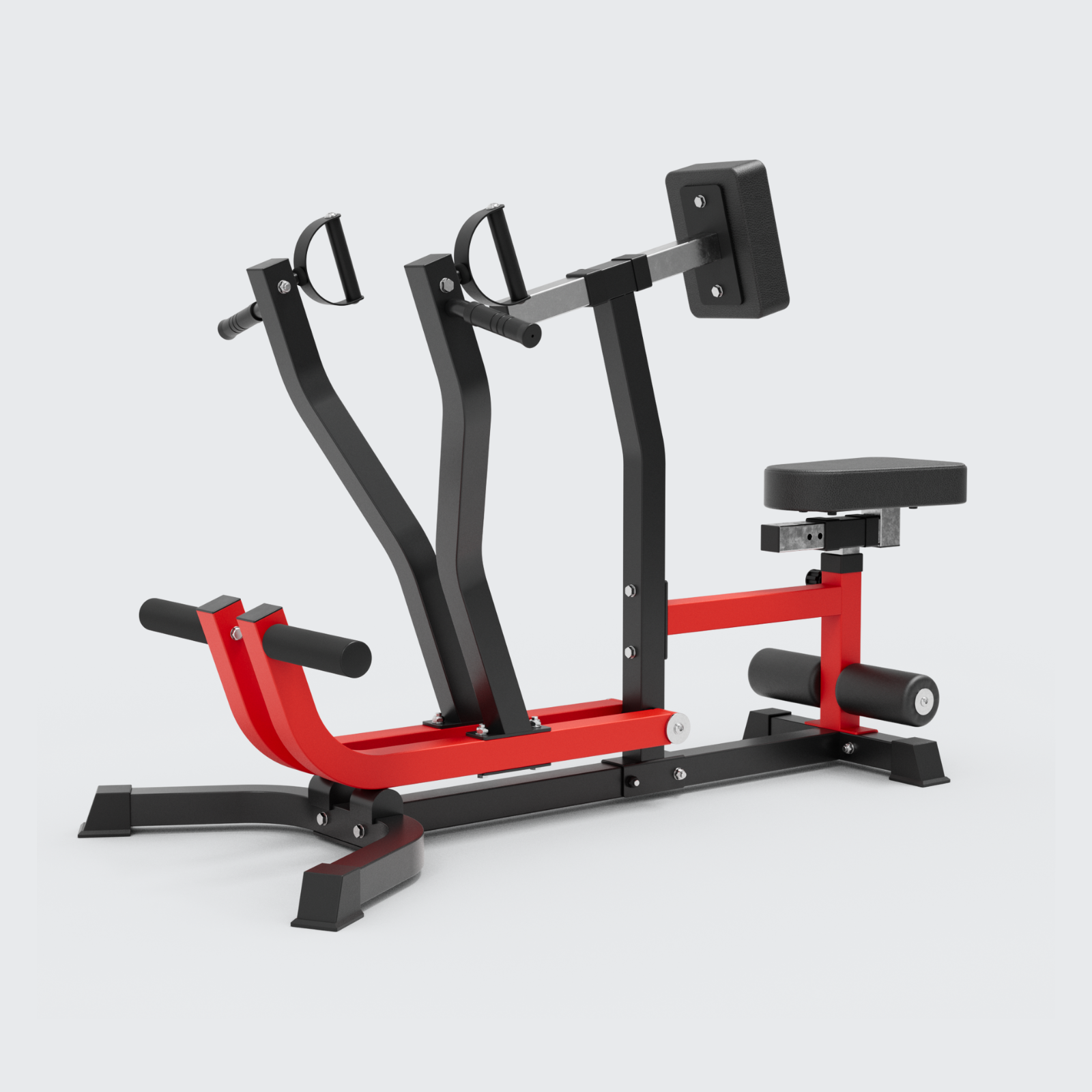
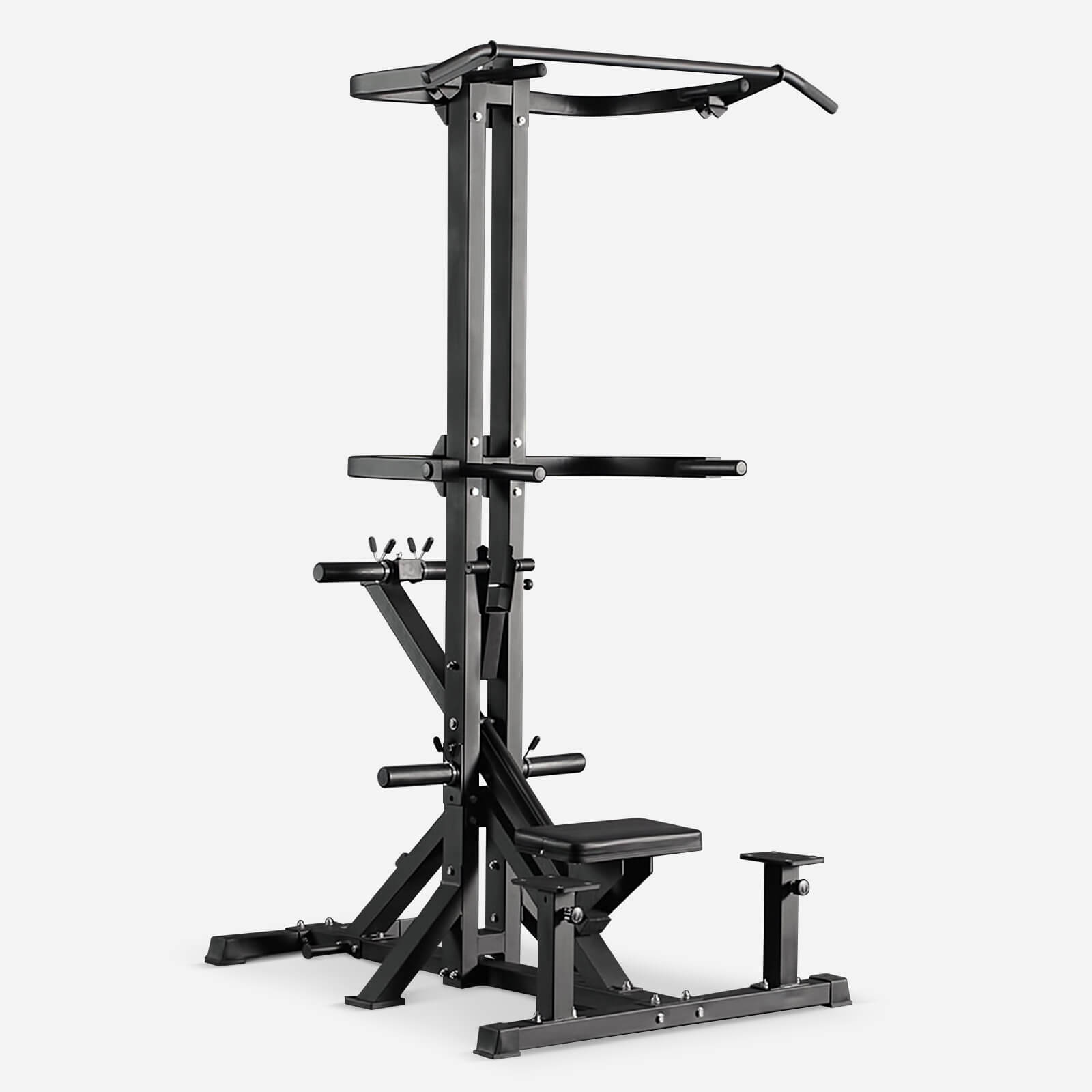

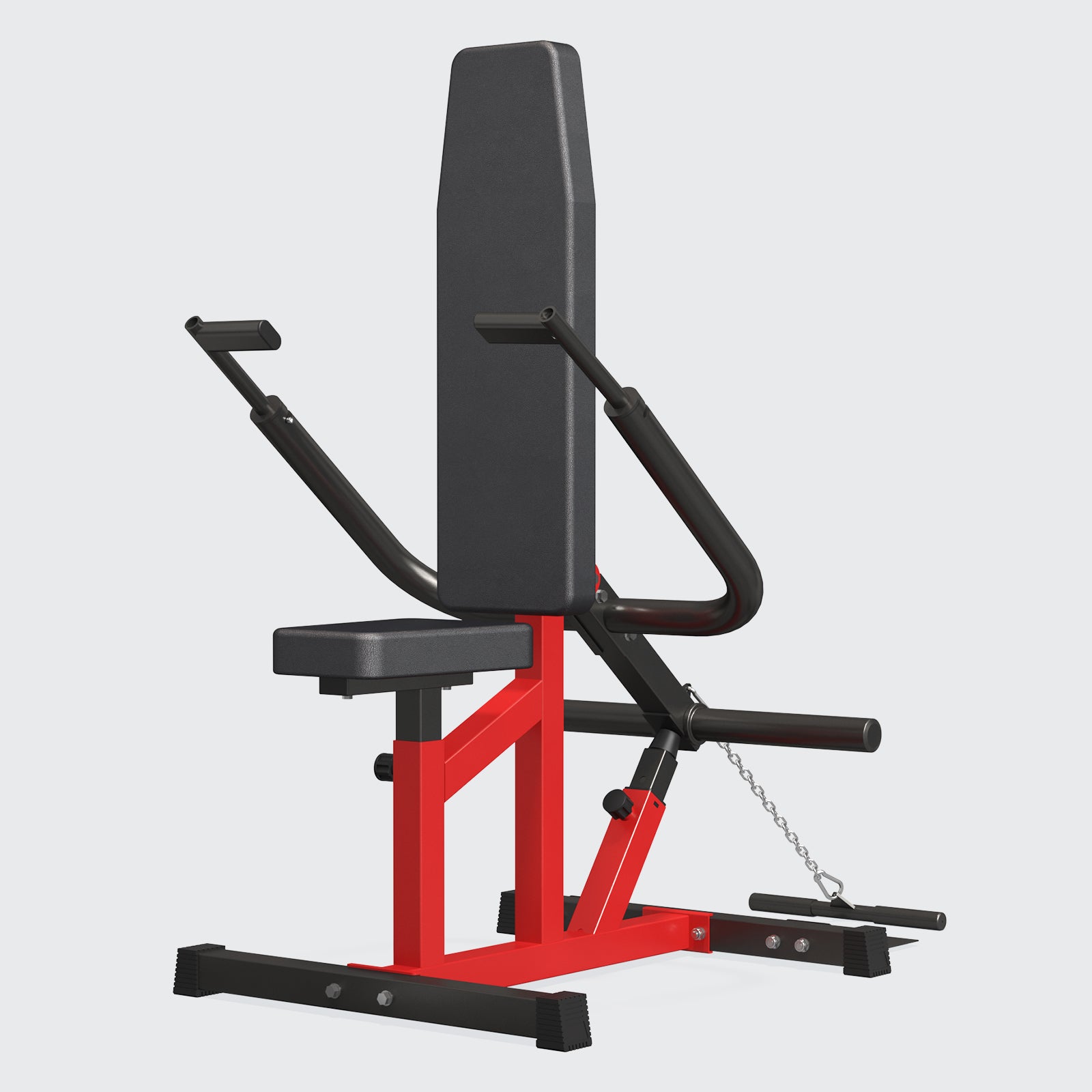
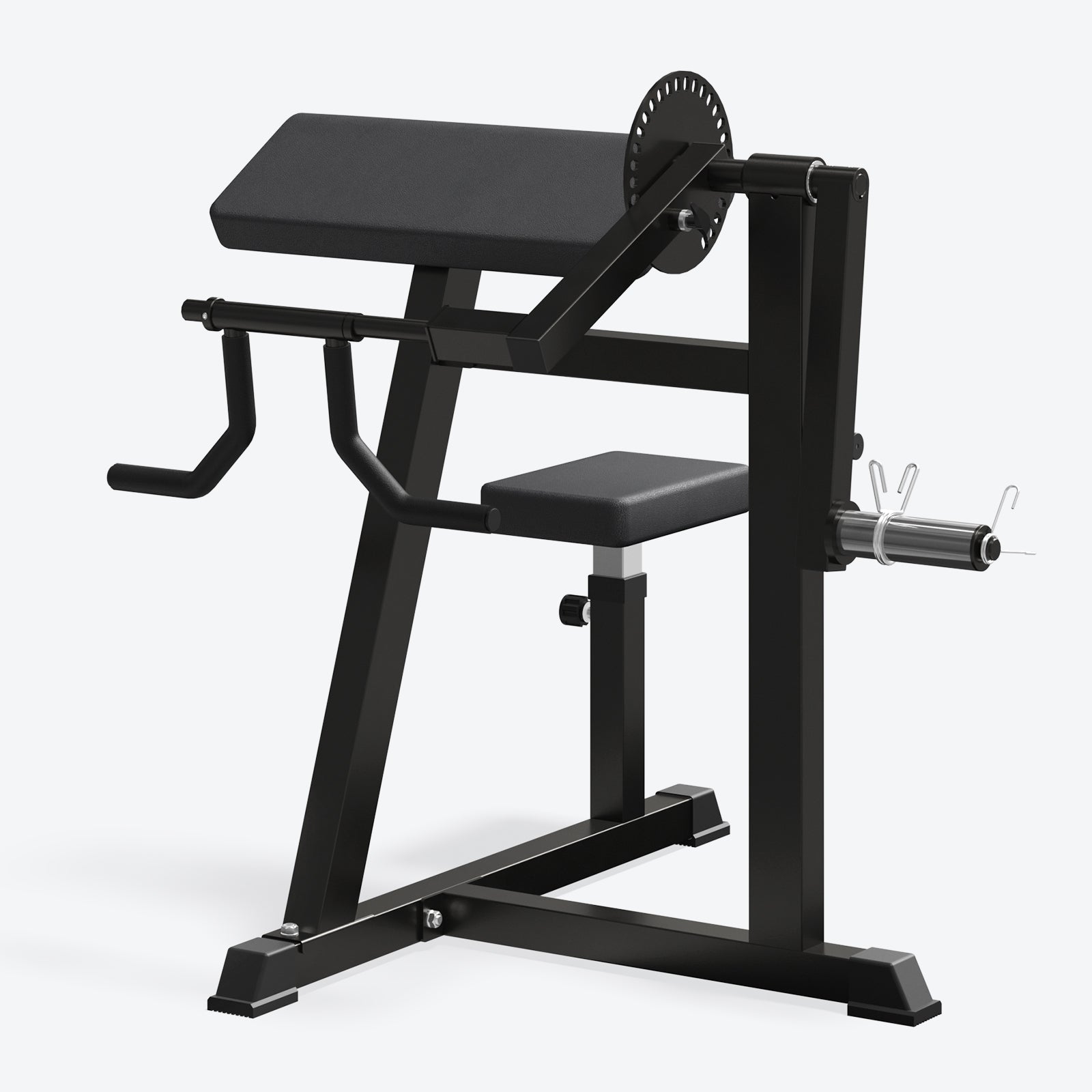
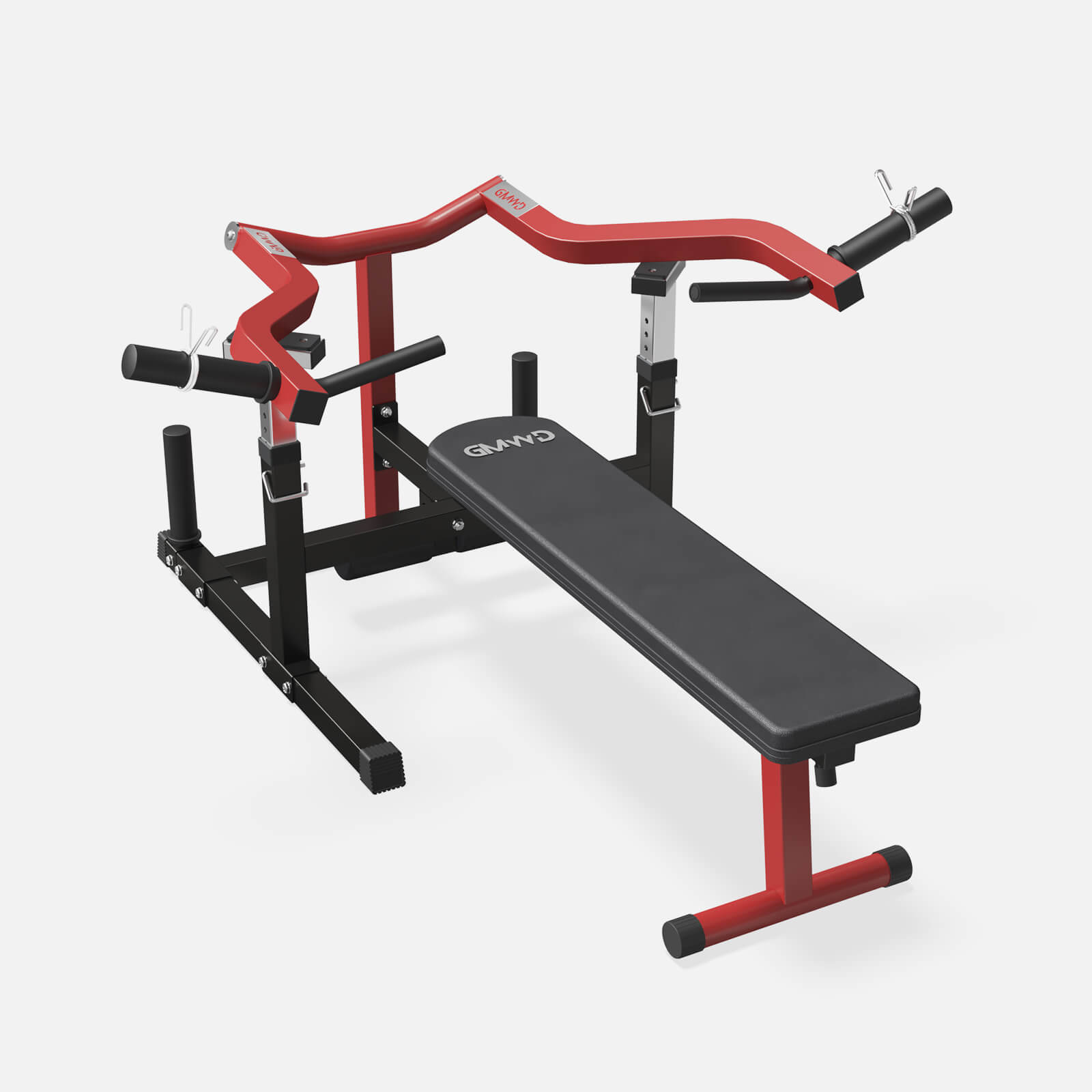
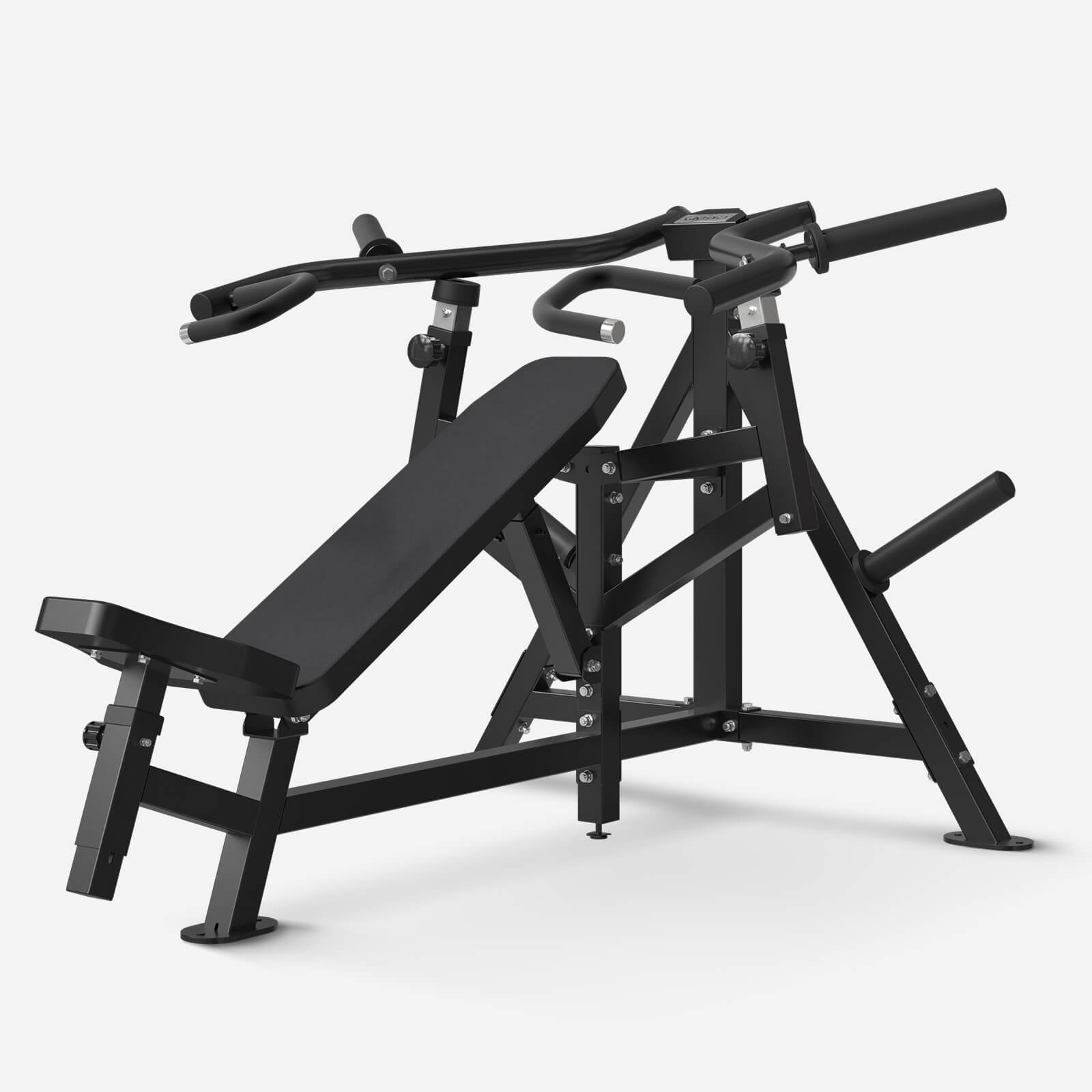
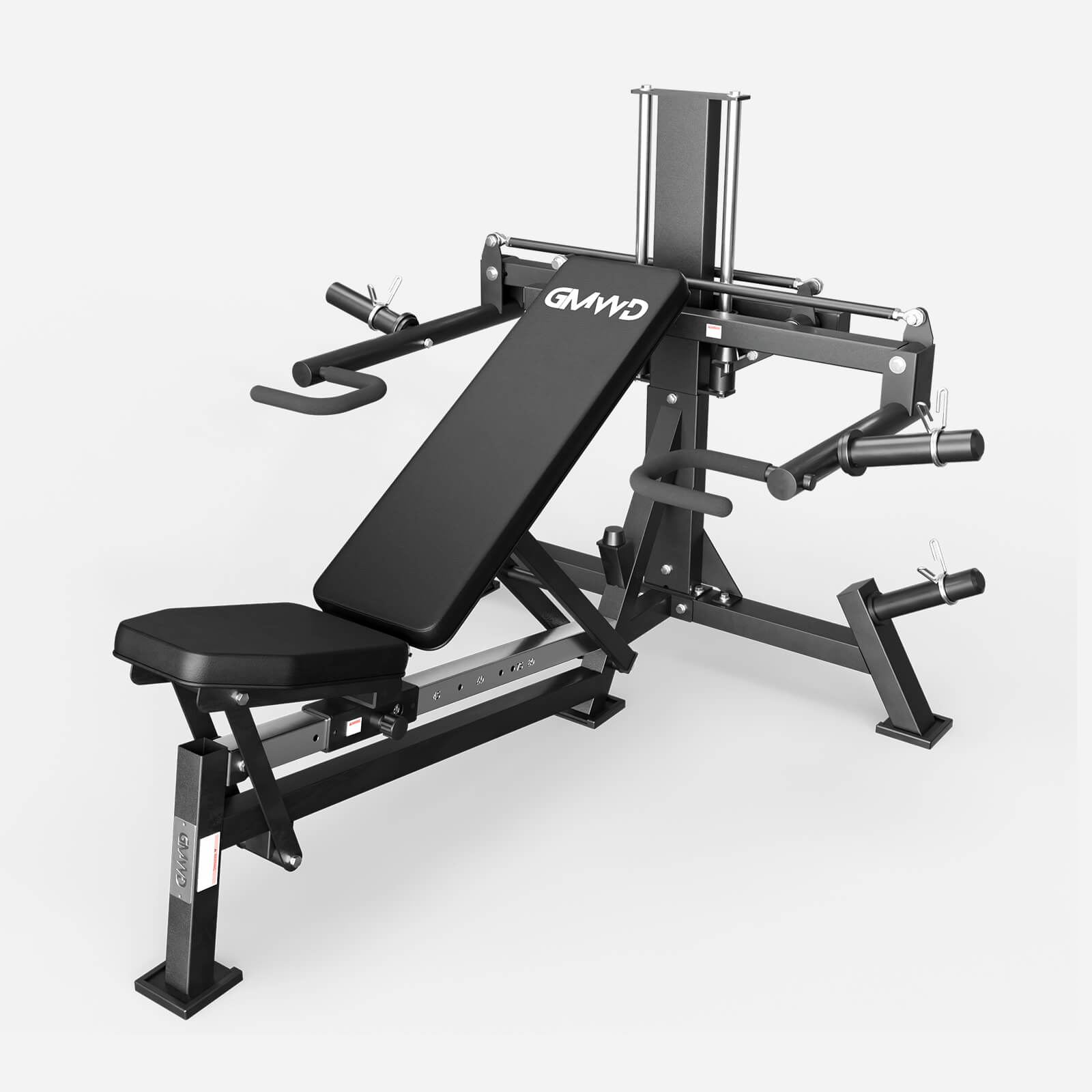
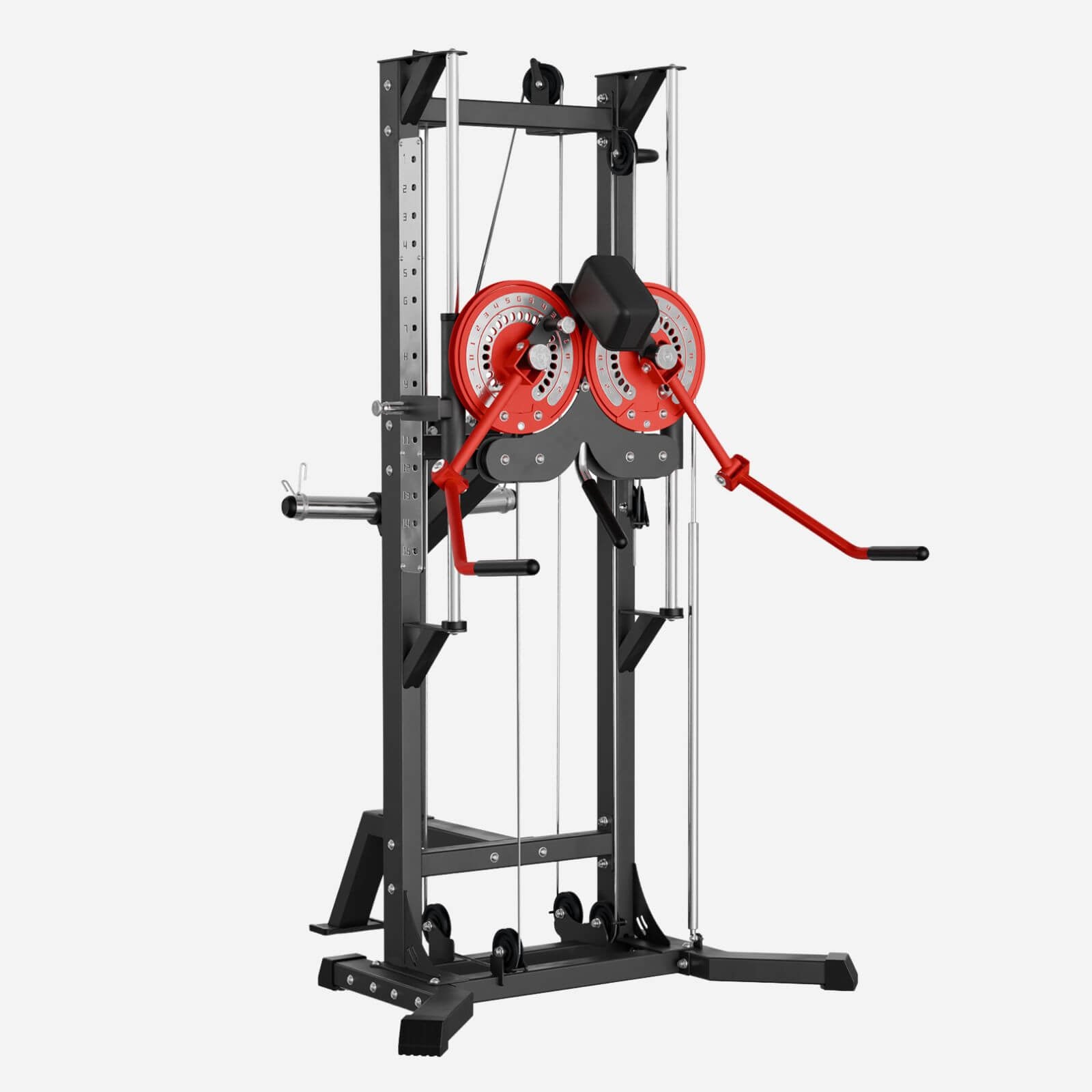
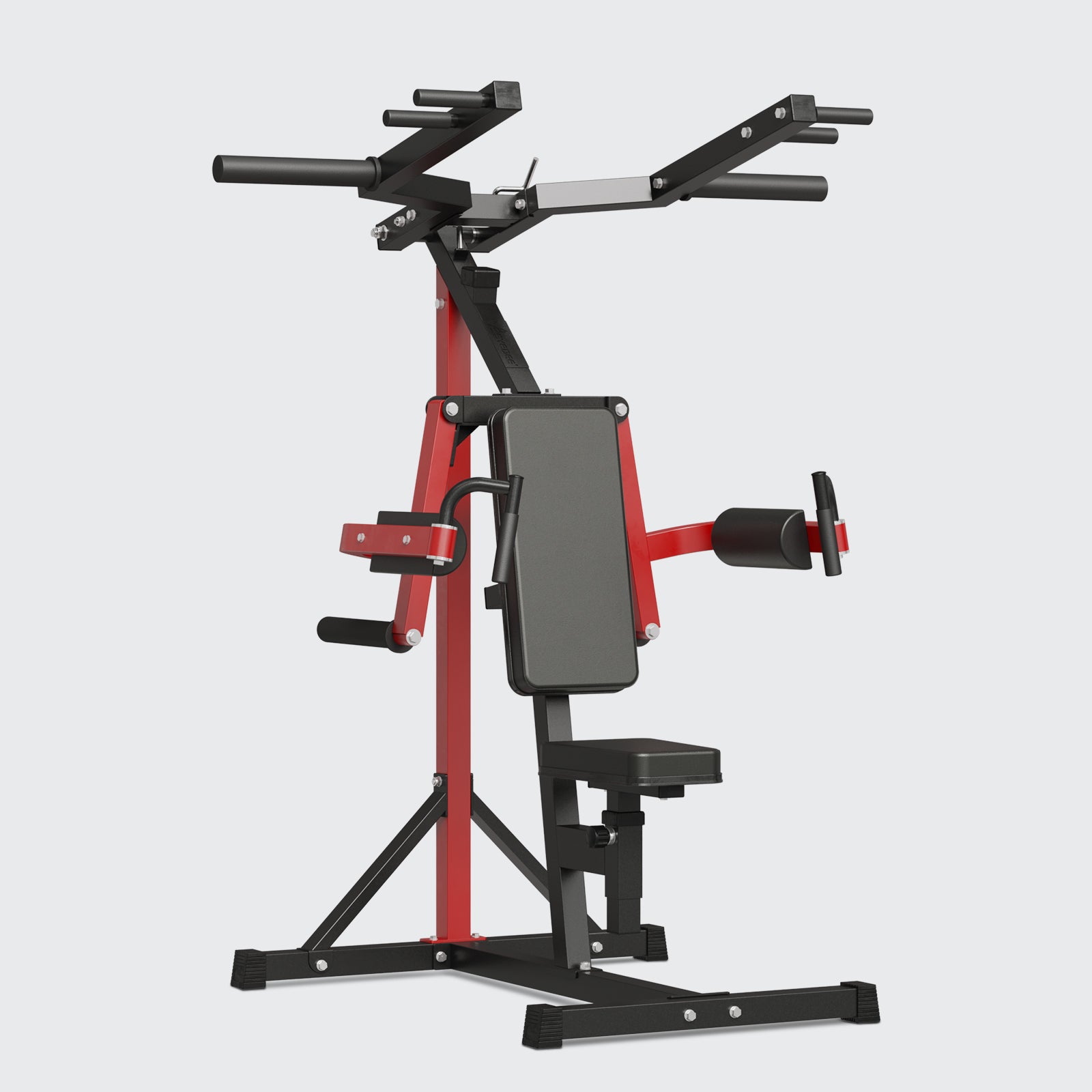
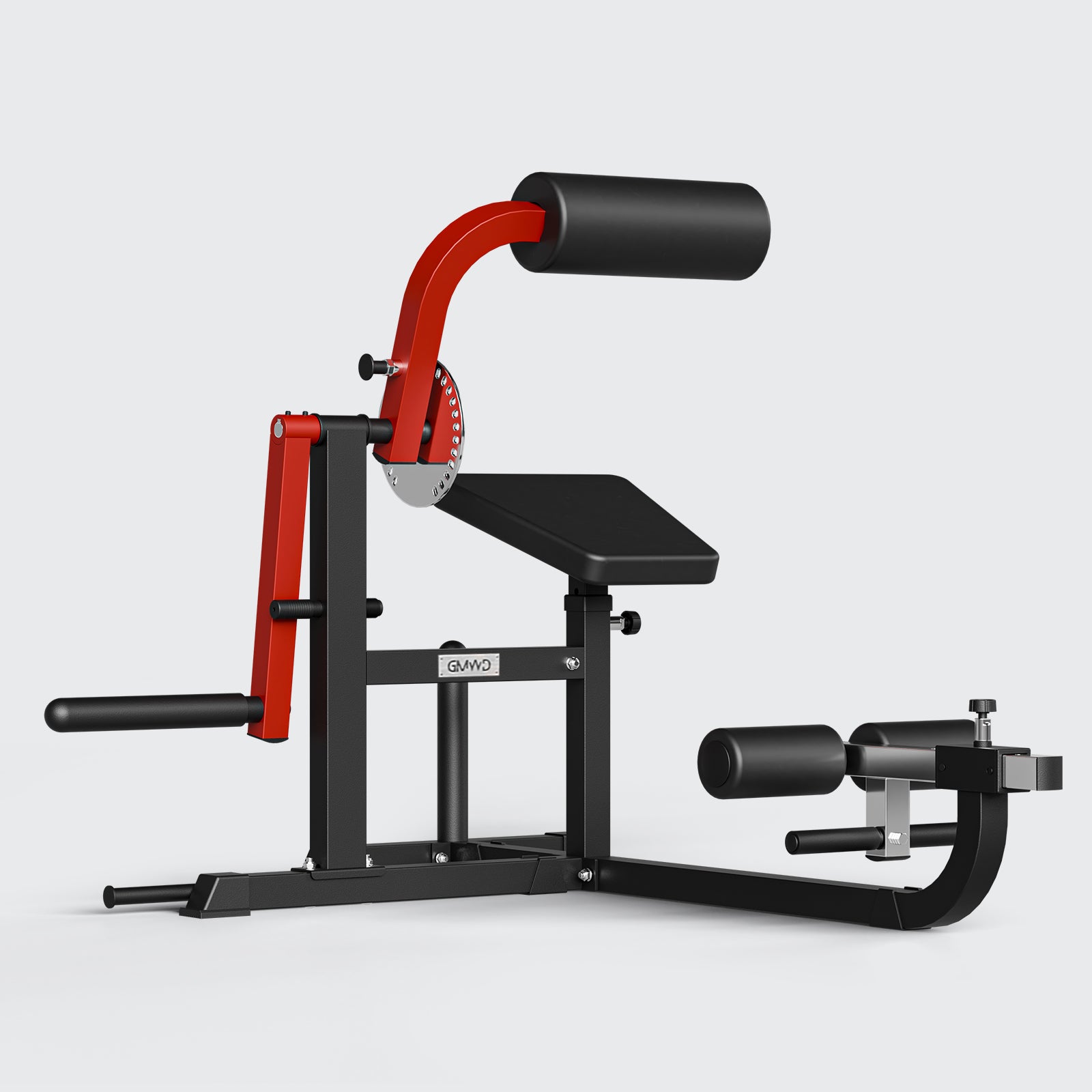
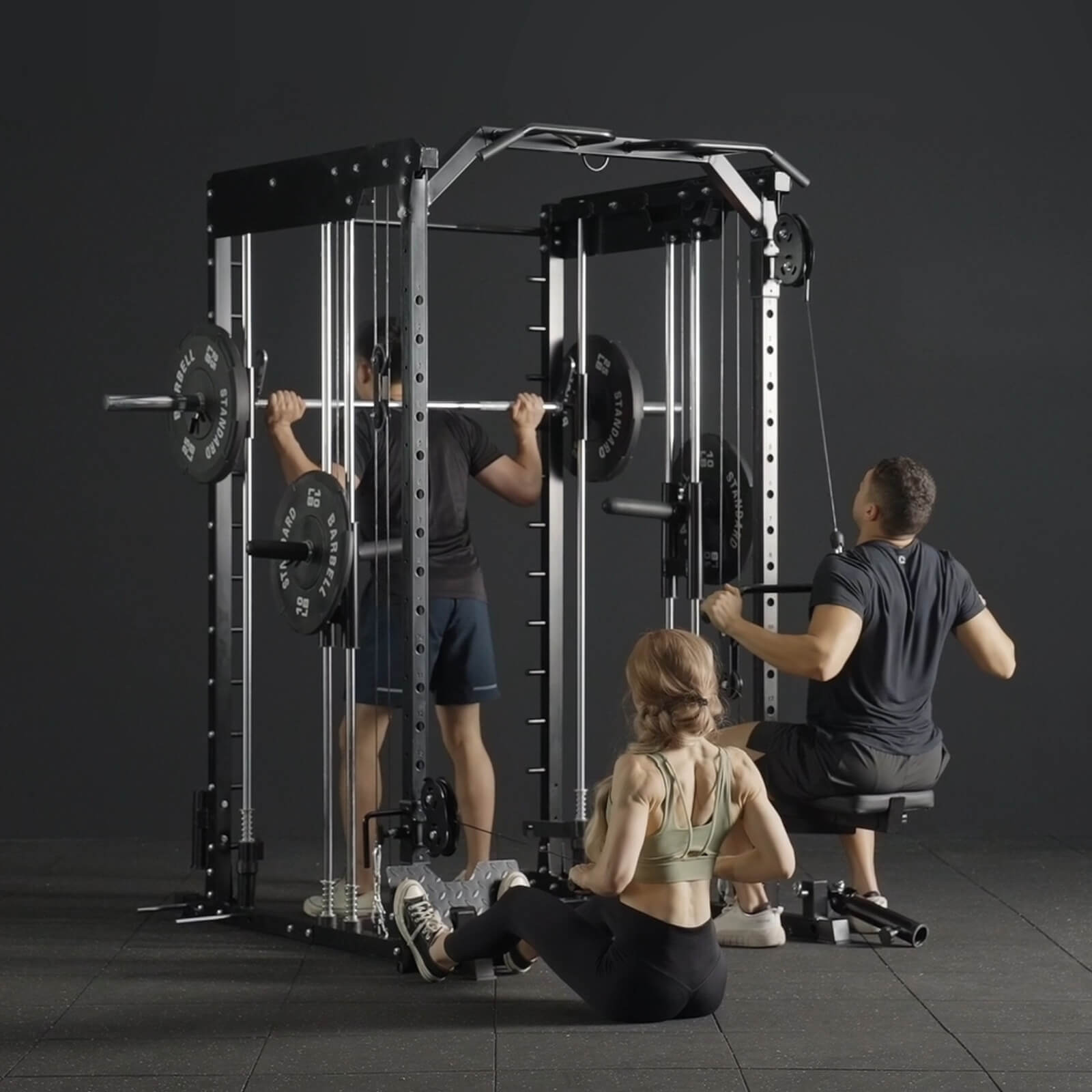
Leave a comment
All comments are moderated before being published.
This site is protected by hCaptcha and the hCaptcha Privacy Policy and Terms of Service apply.